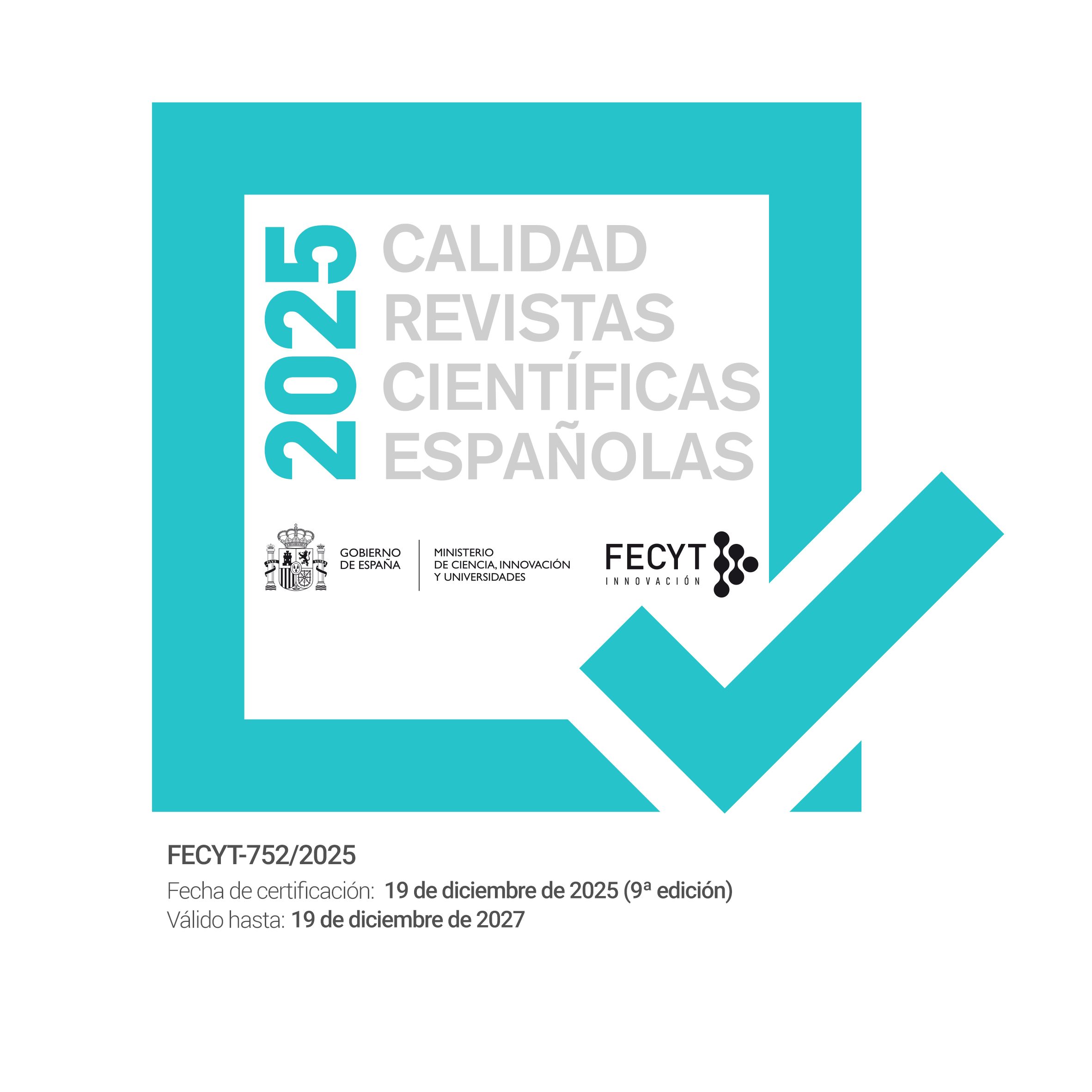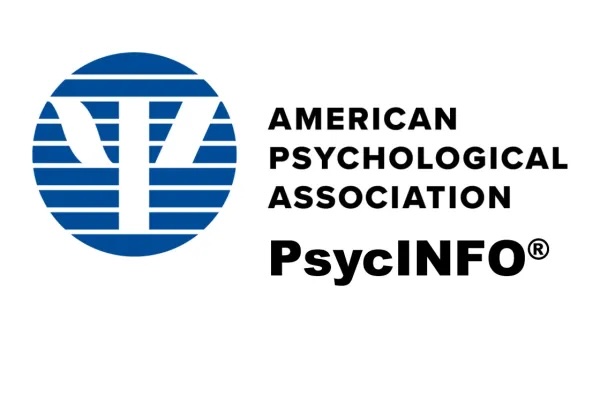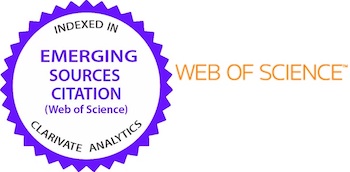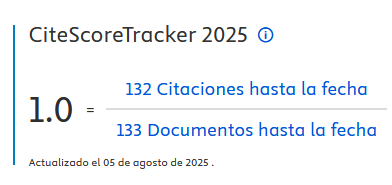Terapia familiar en la esquizofrenia
DOI:
https://doi.org/10.33898/rdp.v2i8.977Palabras clave:
evolución esquizofrenia, modelos explicativos esquizofreniaResumen
En este articulo, el autor revisa algunos aspectos diagnósticos de la esquizofrenia y su evolución. En segundo lugar describe los modelos médico, ambiental y de la vulnerabilidad al estrés, explicativos de la esquizofrenia. Seguidamente habla de las terapias familiares de la esquizofrenia: Sistémicas, psicoeducacionales, conductuales, psicosociales y psicoanalíticas. Para, finalmente, señalar las similitudes y diferencias de los diferentes abordajes.
Descargas
Descargas
Publicado
Cómo citar
Número
Sección
Licencia
Los autores/as que publiquen en esta revista aceptan las siguientes condiciones:
- Los autores/as conservan los derechos de autor y ceden a la revista el derecho de la primera publicación, con el trabajo registrado con la Creative Commons CC-BY-NC 4.0 Internacional, que permite a terceros citar el texto y usarlo sin alterarlo y sin beneficio económico, siempre que mencionen la autoría del trabajo y la primera publicación en esta revista.
- Los autores/as pueden realizar otros acuerdos contractuales independientes y adicionales para la distribución no exclusiva de la versión del artículo publicado en esta revista (p. ej., incluirlo en un repositorio institucional o publicarlo en un libro), siempre que indiquen claramente que el trabajo se publicó por primera vez en esta revista.
- Las opiniones expresadas en los trabajos son responsabilidad única de los/as autores/as, no reflejando en ningún caso las opiniones o políticas científicas de la revista.













